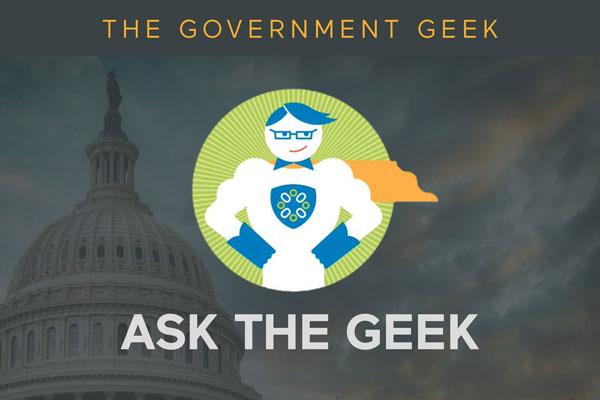By 2033, North Carolina could be short 12,500 registered nurses and 5,000 licensed practical nurses.
These numbers, calculated by a newly released online tool, have made headlines. So, justifiably, has the tool itself, which is the result of a unique collaboration between the state’s nursing licensure board and a university research team.
NC Nursecast, as it’s known, consists of two parts. The first, which has received less attention, allows users to see where nurses trained in North Carolina practice after graduation. The second forecasts the supply of and demand for nurses in more than half a dozen practice settings, from correctional facilities to hospitals. The interactive tool displays results in graphical form.
What sets NC Nursecast apart from other workforce modeling tools is the fact that it uses historical licensure data. Unlike survey results, licensure information represents “a complete census of the workforce,” says Erin Fraher, director of the University of North Carolina at Chapel Hill Cecil G. Sheps Center Program on Health Workforce Research and Policy. Fraher spearheaded the project with the assistance of the North Carolina Board of Nursing, which provided funding and regular input.
Catherine Moore, the nursing board’s regulatory consultant and legislative liaison, co-chairs its research committee and served as its primary contact with the Sheps Center team. Because the state’s nurses must renew their licenses every two years, Moore notes, reviewing several years’ of data can reveal information that one-time surveys cannot. For example, renewal data can show the movement of nurses from one setting to another – from hospitals to outpatient clinics, for example.
The better the historical data, the better the modeling.
But why, you ask, did the Board of Nursing and the Sheps Center embark on such an ambitious project in the first place, then persevere through the COVID pandemic? Who is intended to use NC Nursecast, and why?
Hospital employers are one important audience, says Fraher. Accurate workforce predictions can help them plan. One of the team’s more interesting findings, for instance, involves a significant shift from hospital employment to ambulatory-facility employment. These same trends are important to educators in nursing programs, who also need to adjust accordingly. Lawmakers, too, can use the information as they weigh spending on enrollment and on nursing-retention packages.
Modeling is also useful to the nursing board, which seeks to eliminate regulations that unnecessarily restrict the workforce, says Moore.
Because predicting the future is an inexact exercise, the tool allows users to consider different scenarios. Nursecast models the effects of early retirements, delayed retirements, increased nursing school output and even a reduction in out-of-state nurses. This last measure is particularly significant, as more than half of all registered nurses and one third of all licensed practical nurses who join the state workforce every year come from out of state.
As useful as NC Nursecast promises to be, it’s no small thing for a professional licensure board to share its data in the way the North Carolina Board of Nursing has. Both Moore and Fraher note that such sharing requires a great deal of trust.
Such trust exists in this case thanks to a longstanding relationship. The nursing board has shared its licensure data with the Sheps Center since 1979. The center, in fact, has collaborated with 19 licensure bodies for four decades, says Fraher, and regularly crunches workforce data in response to requests from the Legislature.
Fraher and nursing board officials had talked for years about an anticipated shortage of nurses. At one time, the nursing board might have approached the North Carolina Center for Nursing to provide the appropriate modeling. But the center, which was created in 1991 to conduct workforce planning, lost its funding more than a decade ago, creating a void that the Sheps Center has helped to fill.
Similar modeling could help other professions. Fraher is particularly worried about looming shortages of occupational therapists and physical therapists. She recognizes, however, that many agencies may be squeamish about sharing licensure data in a way they consider outside of their mission, which is to protect the public.
But one way to protect the public, she says, is to ensure they have access to licensed providers.
GL Solutions helps governments run, grow and adapt. Learn more on our website.


